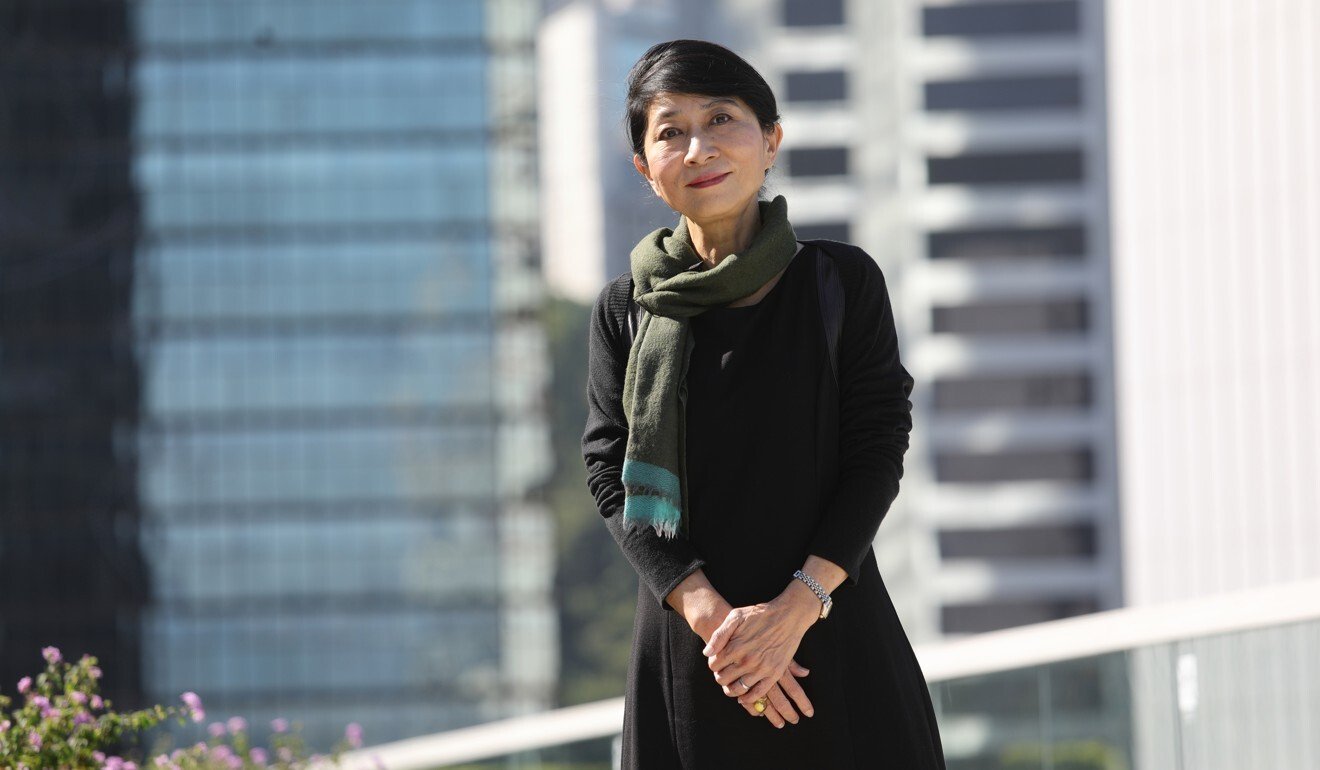Hong Kong News

CY Leung takes aim at Buildings Department in latest legal bid
Former Hong Kong leader Leung Chun-ying has applied for a second judicial review against the government, this time challenging the Buildings Department’s handling of illegal structures, an issue that plagued his term of office.
The group 803 Funds, which Leung founded last year to trace anti-government protesters, on Wednesday challenged the department’s August 4 decision to not take enforcement action against the unauthorised works found at the Repulse Bay home of opposition lawmaker Claudia Mo Man-ching and her husband, Philip Bowring.
Leung’s group filed its first judicial review application against the administration in September, challenging the Education Bureau’s refusal to identify teachers found guilty of professional misconduct over last year’s anti-government protests.
Lawyers for the group said the conversion was “a flagrant breach of the Buildings Ordinance”, and accused authorities of departing from established policy as well as acting irrationally, given the “extraordinary if not breathtaking delay in enforcement”.

The application set out the policy by quoting from statements made by Chief Executive Carrie Lam Cheng Yuet-ngor while she was secretary for development, and citing a 2010 report from Chinese-language newspaper Ming Pao Daily to demonstrate the department “must have known” about the conversion since then.
The same newspaper had exposed illegal structures at one of Leung’s houses on The Peak in June 2012, just a month before he took office as chief executive and after he had attacked his rival Henry Tang Ying-yen over an unauthorised basement at his Kowloon Tong property.
The revelation led to calls for Leung to step down even before he took office in July. He later blamed a lapse of memory for his poor handling of the structures and apologised to the public. The unauthorised works have since been rectified.
Leung, now a vice-chairman of China’s top political advisory body, was the city’s first former leader to apply for a judicial review of a government decision.
His latest legal manoeuvre follows at least six letters from his group to the department, urging officials to take action against Bowring, only to claim they had “not responded constructively.”

In a letter on August 4, the department explained it had adopted a “risk-based” approach in determining the priority of law enforcement, and its recent inspection of Bowring’s property revealed “the current use does not pose obvious hazard or imminent danger to life or property” that would warrant prioritisation.
The letter also stated that there was “no actionable unauthorised building works requiring an issue of removal order” under the ordinance.
Lawyers Douglas Lam Tak-yip SC and John Hui, for 803 Funds, said it had “a sufficient interest” to mount the judicial challenge because the group was founded to “promote law and order” and there was “a strong element of vindication of the rule of law” in the case.
They are now seeking court orders to quash the decision and remit the matter to the department for reconsideration or, alternatively, to command the authorities to enforce the law.
Meanwhile, Claudia Mo said the property already contained the “basement flat” when it was bought in 1985. “We have been paying rates and government rent for the property as residential premises. Why would it suddenly become an illegal structure?” she said.
The Post has contacted the Buildings Department for comment.











